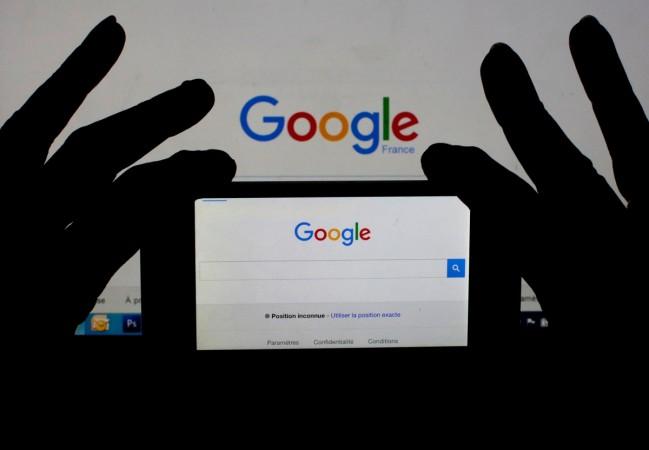
Google released a teaser video a few days ago, strongly hinting that the company will unveil a new smartphone series next month.
Now, Android Police has cited reliable sources to claim that the upcoming Google handsets, which are rumoured to be named Pixel and Pixel XL, will have IP53 rating. If this is true, many Android fans will be furious, as IP53 certification does not even come close to matching the build quality of the rivals — Apple iPhone 7, Samsung Galaxy S7 and the Sony Xperia XZ series.
So what's protected under IP53 ratings?
In IP53 certification, the numerical '5' suggests that the upcoming Google Pixel series devices cannot withstand certain dust particles from entering the device, but it assures users that it won't affect the phone's operation.
On the other hand, the numerical '3' indicates that if water is sprayed at an angle of up to 60 degrees from the top, it will have no harmful effect on the phone. This means that Pixel phone users can text and answer calls even in rain, but cannot use them in the swimming pool.
However, rival brands come with IP67, and some even more, wherein users can take calls or capture photos underwater without any fear of damaging the phone.
That said, we can't jump to the conclusion that Google Pixel series will have IP53 certifications, until the speculation is confirmed.
To provide a better perspective on how the IP ratings are certified, we have provided a detailed explanation and also a table with a IP rating chart.
Also read: Google Pixel phone release date revealed; what we know so far on upcoming flagship series
How IP dust-and-water resistant ratings are certified to devices
As per International Electrotechnical Commission (IEC) 60529, IP (Ingress Protection) rating classifies the degrees of protection provided against the intrusion of solid objects (including body parts like hands and fingers), dust, accidental contact, and water in electrical enclosures. This standard aims to provide users more detailed information on waterproof and other marketing terms that the companies use to sell their devices.
IP ratings are defined with two digits. The first numerical represents the level of protection that the enclosure provides against access to hazardous parts. The second digit indicates the protection of the equipment inside the enclosure against harmful ingress of water.
Dust and particulate resistant rating chart:
| Level | Object size protected against | Effective against |
| 0 | Not protected | No protection against contact and ingress of objects |
| 1 | >50mm | Any large surface of the body, such as the back of the hand, but no protection against deliberate contact with a body part. |
| 2 | >12.5mm | Fingers or similar objects. |
| 3 | >2.5mm | Tools, thick wires, etc. |
| 4 | >1mm | Most wires, screws, etc. |
| 5 | Dust Protected | Ingress of dust is not entirely prevented, but it must not enter in sufficient quantity to interfere with the satisfactory operation of the equipment; complete protection against contact. |
| 6 | Dust Tight | No ingress of dust; complete protection against contact. |
Water and other liquid resistant rating chart:
| Level | Object size protected against | Effective against |
| O | Not protected | ---- |
| 1 | Dripping water | Dripping water (vertically falling drops) shall have no harmful effect. |
| 2 | Dripping water when tilted up to 15° | Vertically dripping water shall have no harmful effect when the enclosure is tilted at an angle up to 15° from its normal position. |
| 3 | Spraying water | Water falling as a spray at any angle up to 60° from the vertical shall have no harmful effect. |
| 4 | Splashing water | Water splashing against the enclosure from any direction shall have no harmful effect. |
| 5 | Water jets | Water projected by a nozzle (6.3mm) against enclosure from any direction shall have no harmful effects. |
| 6 | Powerful water jets | Water projected in powerful jets (12.5mm nozzle) against the enclosure from any direction shall have no harmful effects. |
| 7 | Immersion up to 1m | Ingress of water in harmful quantity shall not be possible when the enclosure is immersed in water under defined conditions of pressure and time (up to 1 m of submersion). |
| 8 | Immersion beyond 1m | The equipment is suitable for continuous immersion in water under conditions which shall be specified by the manufacturer. Normally, this will mean that the equipment is hermetically sealed. However, with certain types of equipment, it can mean that water can enter but only in such a manner that it produces no harmful effects. |
[For more information on IP rating chart, click here]

















